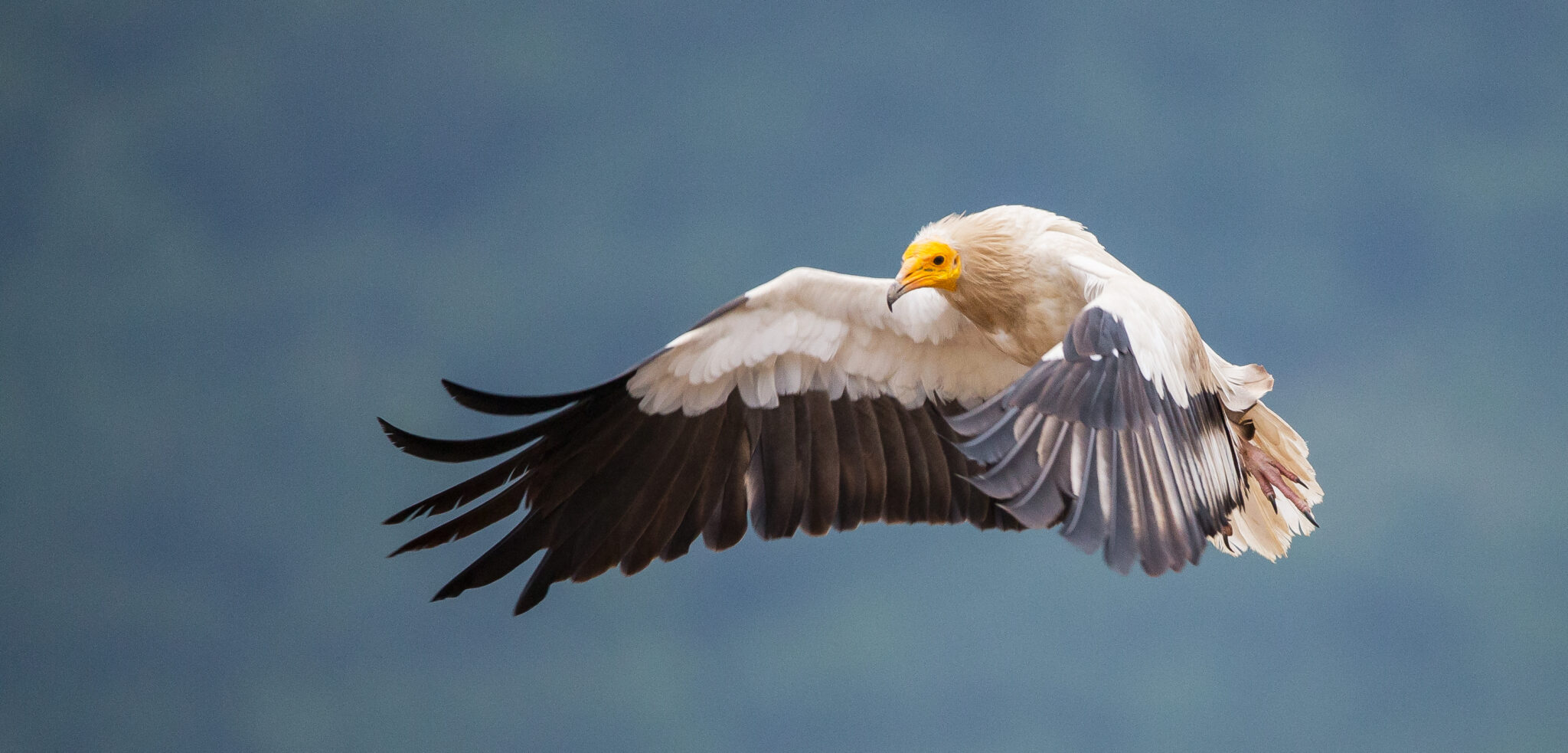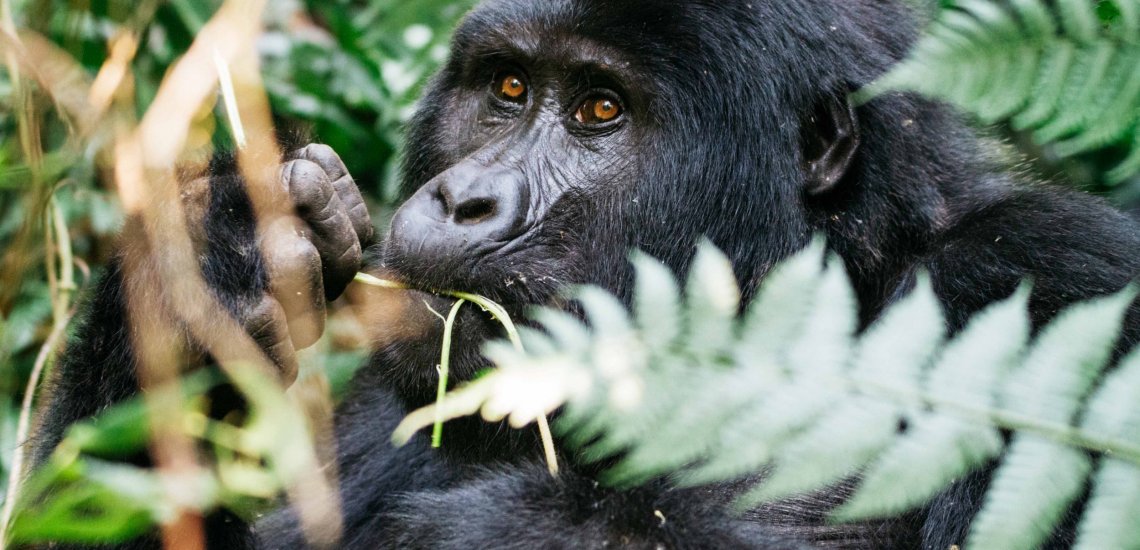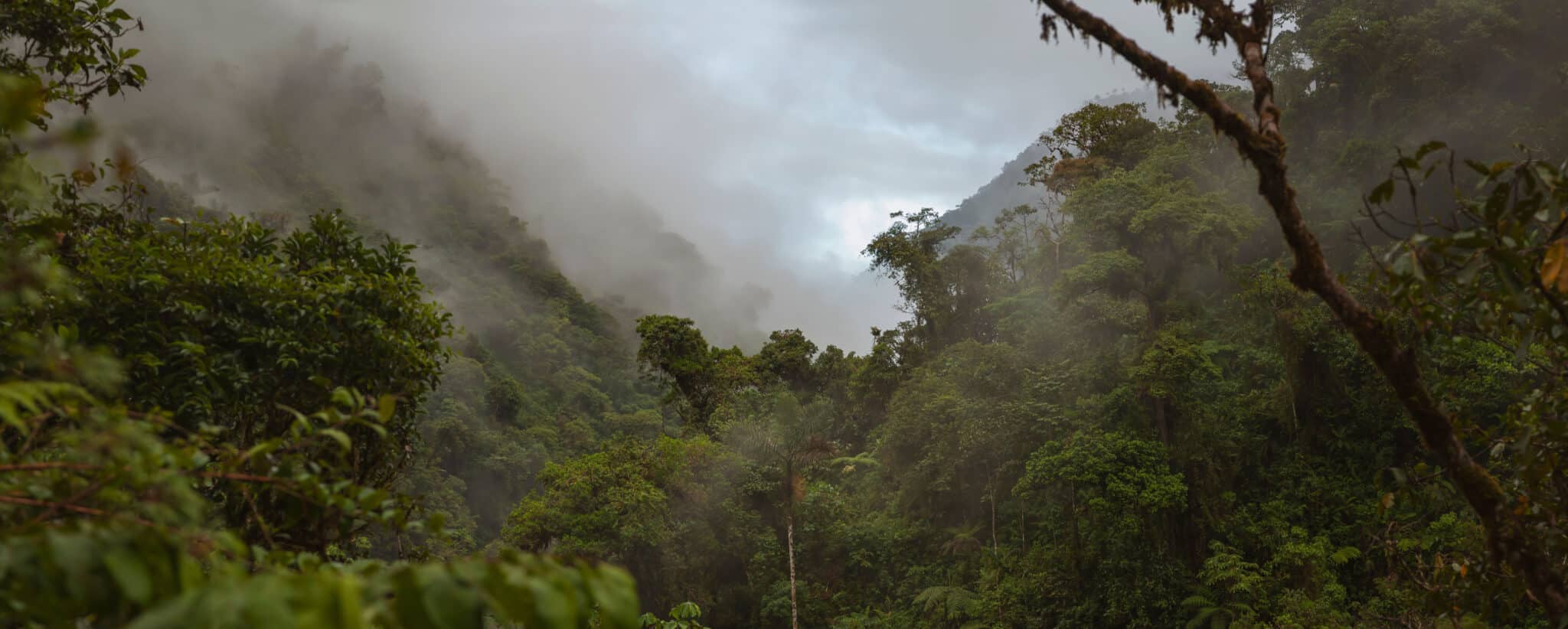Infrastructure present in at least 80% of most important sites for nature
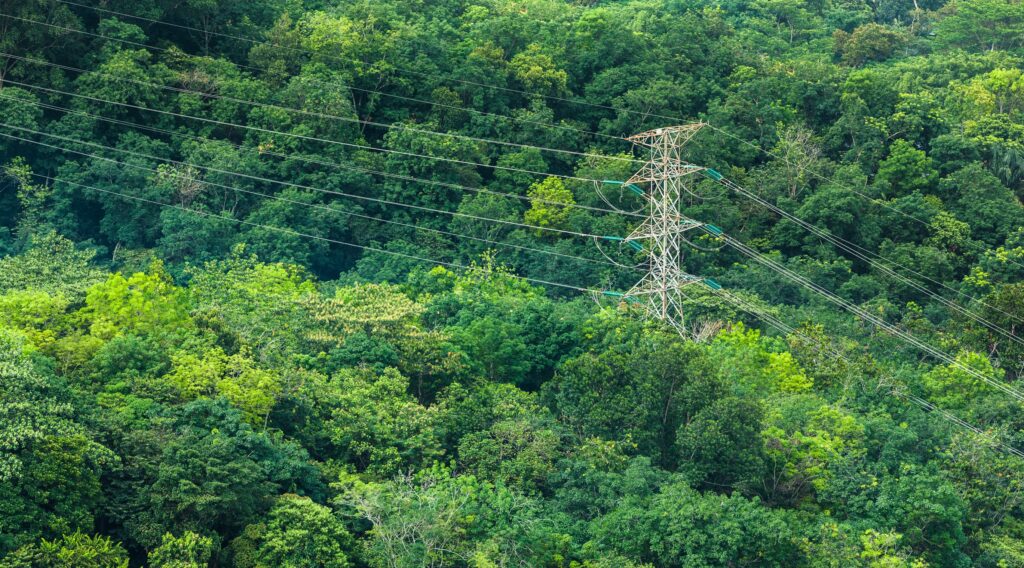
A new BirdLife-led paper has shown that infrastructure, an important driver of threat, is present in more than 12,086 of the world’s Key Biodiversity Areas. Concerningly, this figure is likely to increase, with much future infrastructural development likely to occur in some of the world’s biodiversity hotspots.
Header Image: Most of the world’s terrestrial KBAs already contain infrastructure, and more are likely to in the near future © BlackCat Imaging/Shutterstock
By Liam Hughes
When you think of the most important sites for nature, thoughts are likely to spring to remote, pristine wildernesses. Perhaps a tropical rainforest, the symphony of chirping cicadas and birdsong an indication of the teeming diversity deep within its undergrowth. Or maybe a wetland, with large flocks of birds soaring over the water’s surface as they search for resources found in the rich ecological communities hidden beneath the water’s surface. What probably doesn’t immediately come to mind are man-made structures.
However, a new paper led by BirdLife scientists in collaboration with researchers at WWF and the RSPB (BirdLife in the UK) is a stark reminder of our ever-increasing footprint on nature, with infrastructure being found in approximately 80% – or more than 12,086 – of the world’s terrestrial Key Biodiversity Areas (KBAs). The study was the first assessment of the presence of infrastructure within these internationally important sites for nature, and worryingly suggests the figure is likely to significantly increase in the future.
The findings are concerning given KBAs are a global network of ‘sites contributing significantly to the global persistence of biodiversity’. Although the researchers were not able to quantify the impact of development within particular KBAs, infrastructure is considered one of the greatest drivers of threat to species on the IUCN Red List. Beyond directly destroying habitat and fragmenting ecosystems, infrastructural development can drive a range of other threats, such as pollution, human disturbance and hunting, as well as the spread of invasive species.
“It’s concerning that human developments exist in the vast majority of sites that have been identified as being critical for nature,” said Ash Simkins, lead author of the study and now a Zoology PhD student at the University of Cambridge. “We recognise that infrastructure is essential to human development but it’s about building smartly. This means ideally avoiding or otherwise minimising infrastructure in the most important locations for biodiversity.”
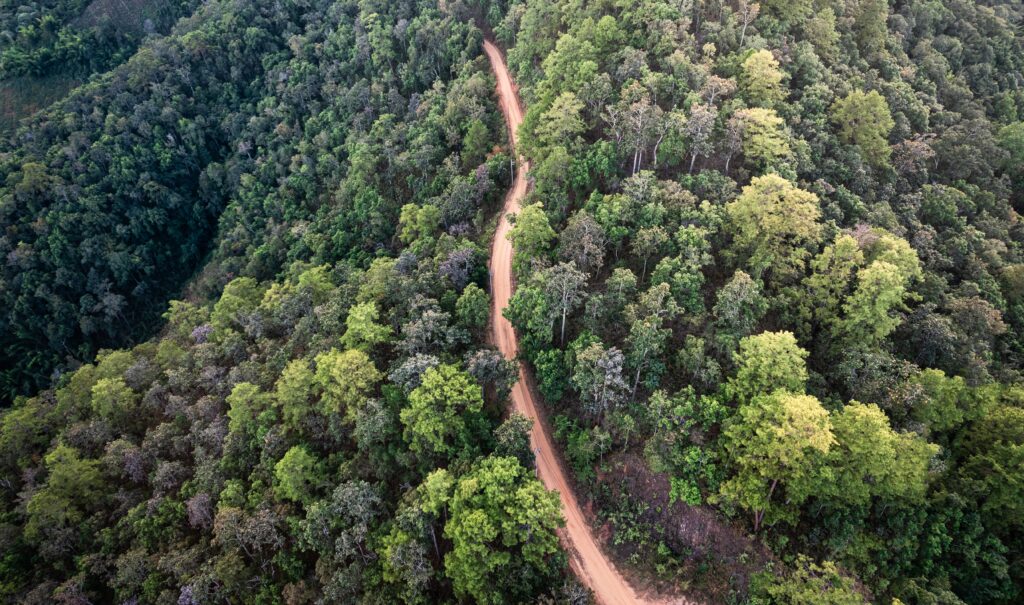
To conduct the assessment, the team intersected maps of the world’s 15,150 terrestrial KBAs with spatial datasets of different types of infrastructure from WWF’s global intelligence platform, WWF SIGHT . They found that most KBAs contained multiple types of infrastructure, with roads by far the most common, present in a staggering 75% of these globally important sites for nature. This was followed by powerlines and urban areas, both present in 37% of KBAs.
A growing issue
As society ultimately depends on infrastructure, the team then set out to explore the potential impact of future development. Although this information was only available for mines, oil and gas infrastructure and powerplants, it still makes for concerning reading. For instance, proposed concessions and development plans suggest that an additional 2,201 KBAs could contain mines – an increase of nearly 300% – while a further 1,508 may contain oil and gas infrastructure, and another 1,372 may contain powerplants in the future.
To make matters worse, much of this future development is likely to take place in some of the world’s most biodiversity-rich regions, with countries in Sub-Saharan Africa, South America and parts of South-East Asia amongst the areas with the highest proportion of extractive claims, concessions or planned development in their KBA networks. In certain countries, such as Serbia, Bangladesh and the Democratic Republic of the Congo – which is home to more than 1,000 bird species – infrastructural development is earmarked in all of their known KBAs.
“Infrastructure underpins our societies, delivering the water we drink, the roads we travel on, and the electricity that powers livelihoods,” said Wendy Elliott, a co-author of the paper and Deputy Leader for Wildlife at WWF. “This study illustrates the crucial importance of ensuring smart infrastructure development that provides social and economic value for all, whilst ensuring positive outcomes for nature. Making this happen will be the challenge of our time, but with the right planning, design and commitment it is well within the realms of possibility.”
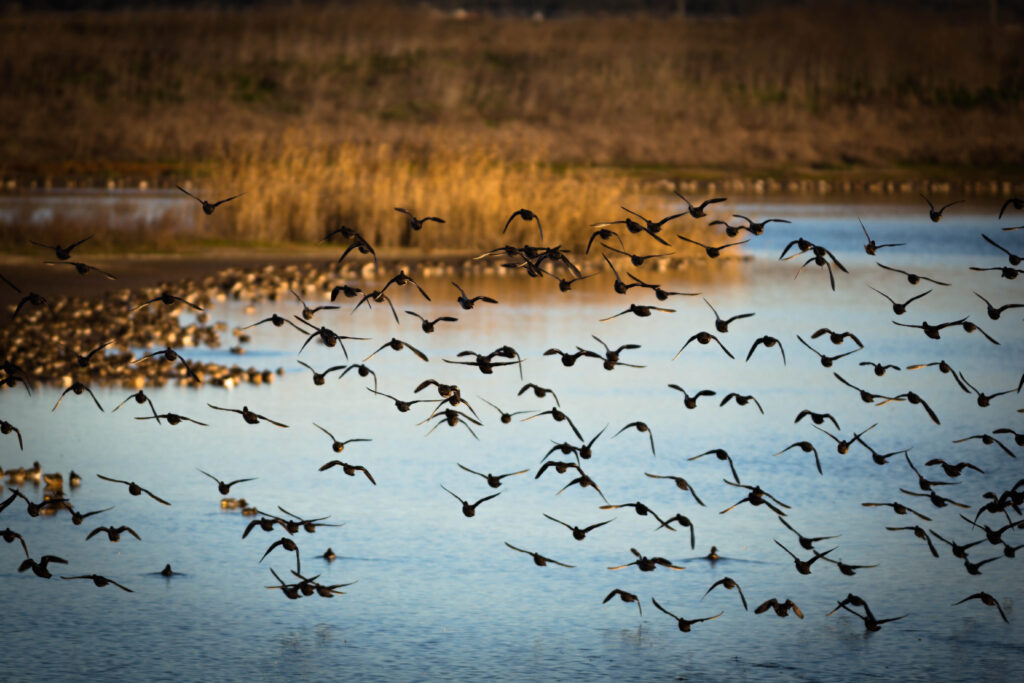
A sector where these issues may become increasingly prominent is the transition from fossil fuels to renewable energy resources. While undoubtedly essential to averting the catastrophic consequences of the unfolding climate crisis, renewable technologies often require mining for precious metals, and poorly placed facilities can have significant impacts on wildlife. Given that the biodiversity and climate crises are two sides of the same coin, and need to be tackled in tandem, its vital that this transition doesn’t jeopardise conservation efforts.
“We need smart solutions to the climate crisis whilst avoiding or minimising negative impacts on biodiversity,” said Simkins. Fortunately, a growing number of tools, such as BirdLife’s Integrated Biodiversity Assessment Tool and AVISTEP (The Avian Sensitivity Tool for Energy Planning), are equipping key decision-makers with the information to do this. At this critical juncture for both the climate and biodiversity, its essential that the impact projects will have on nature are at the forefront of decisions.
“At the UN biodiversity COP15 meetings in Montreal last year, governments committed to halting human-induced extinctions,” said co-author Dr Stuart Butchart, Chief Scientist at BirdLife International. “Widespread destruction or degradation of the natural habitats within KBAs could lead to wholesale extinctions, so existing infrastructure in KBAs must be managed to minimise impacts, and further development in these sites has to be avoided as far as possible.”
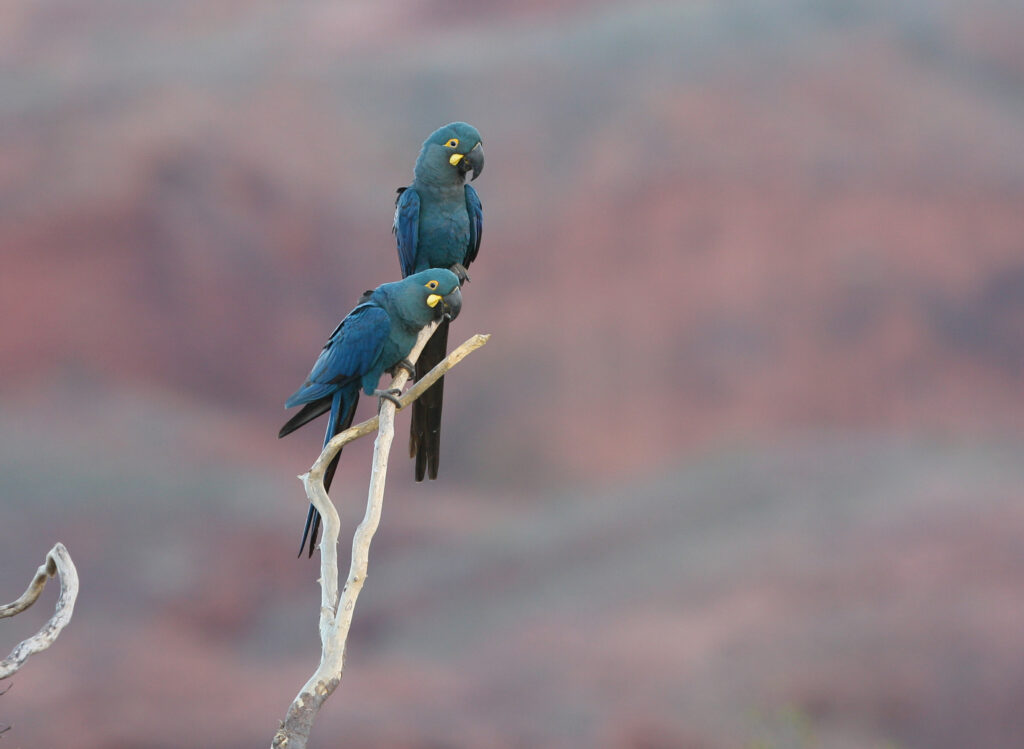
‘A global assessment of the prevalence of current and potential future infrastructure in Key Biodiversity Areas‘ was published in Biological Conservation. Find out more about BirdLife’s Science here.
